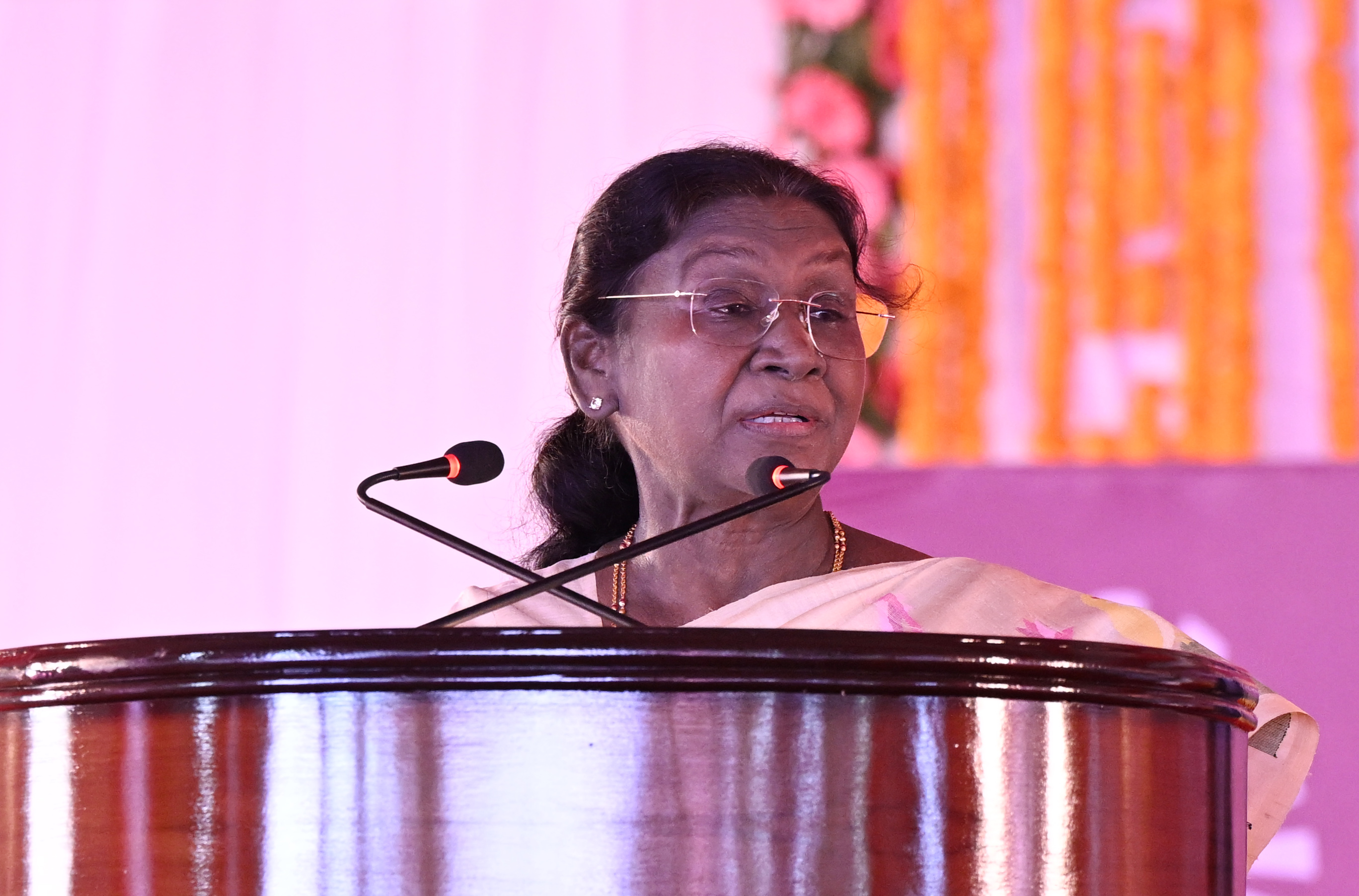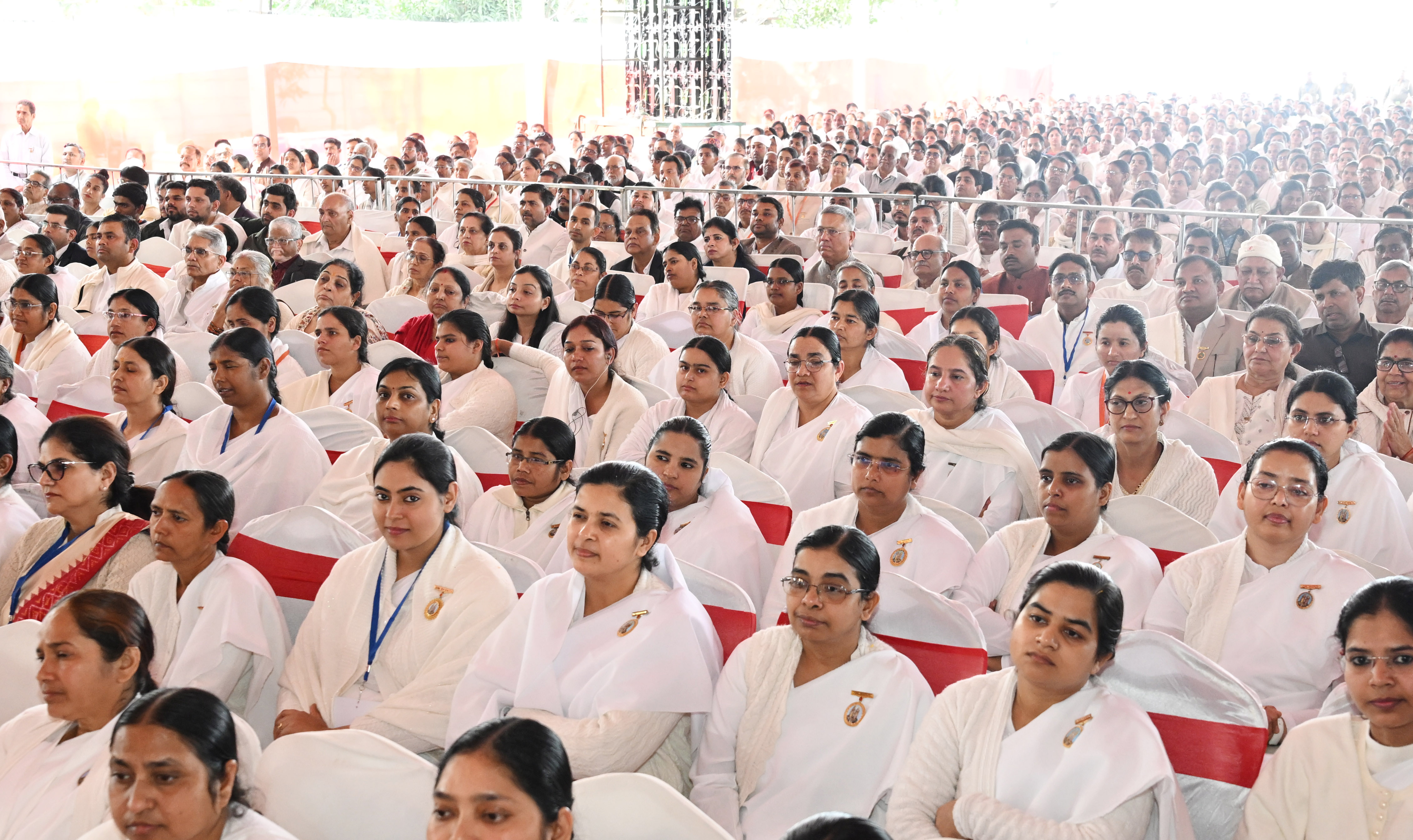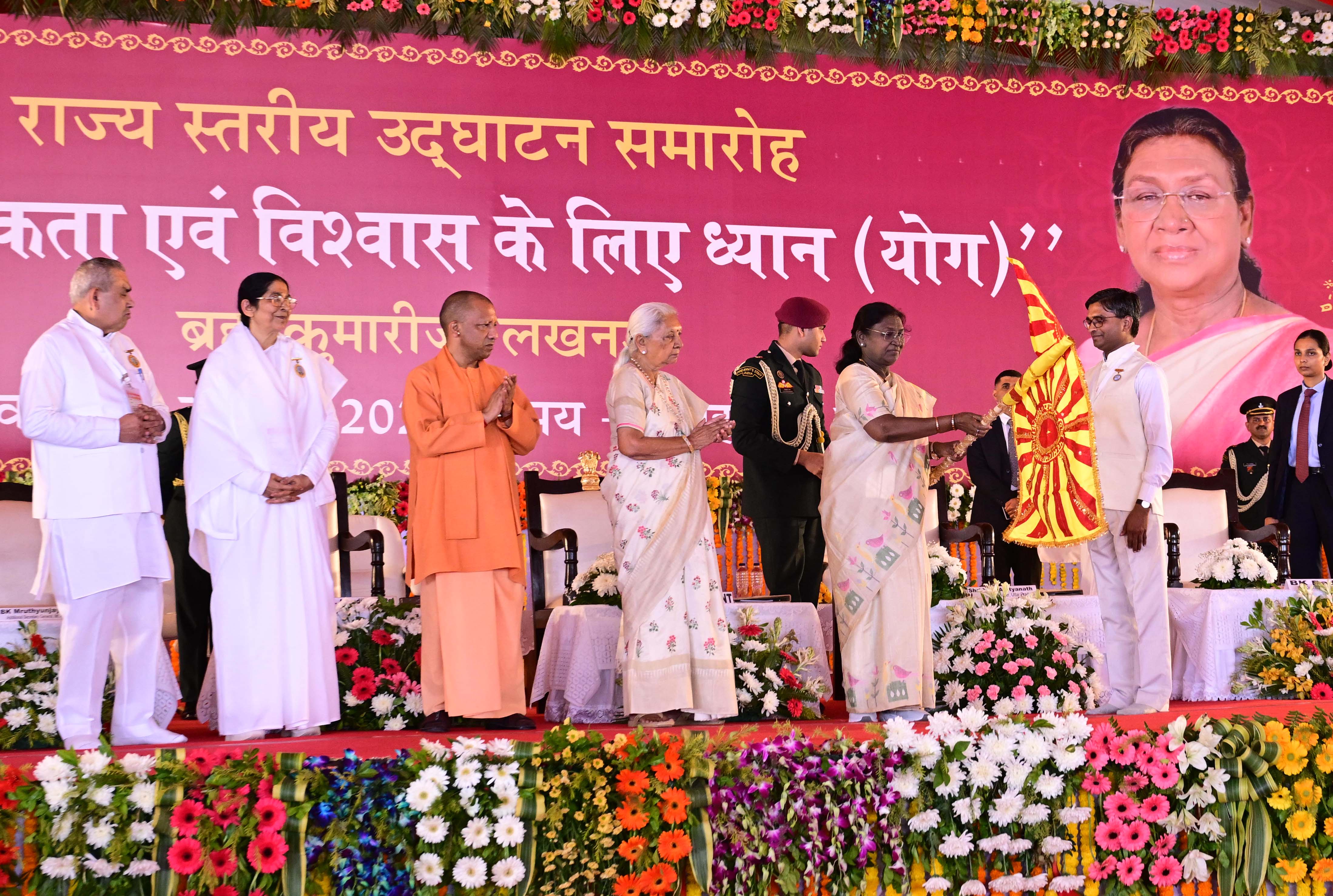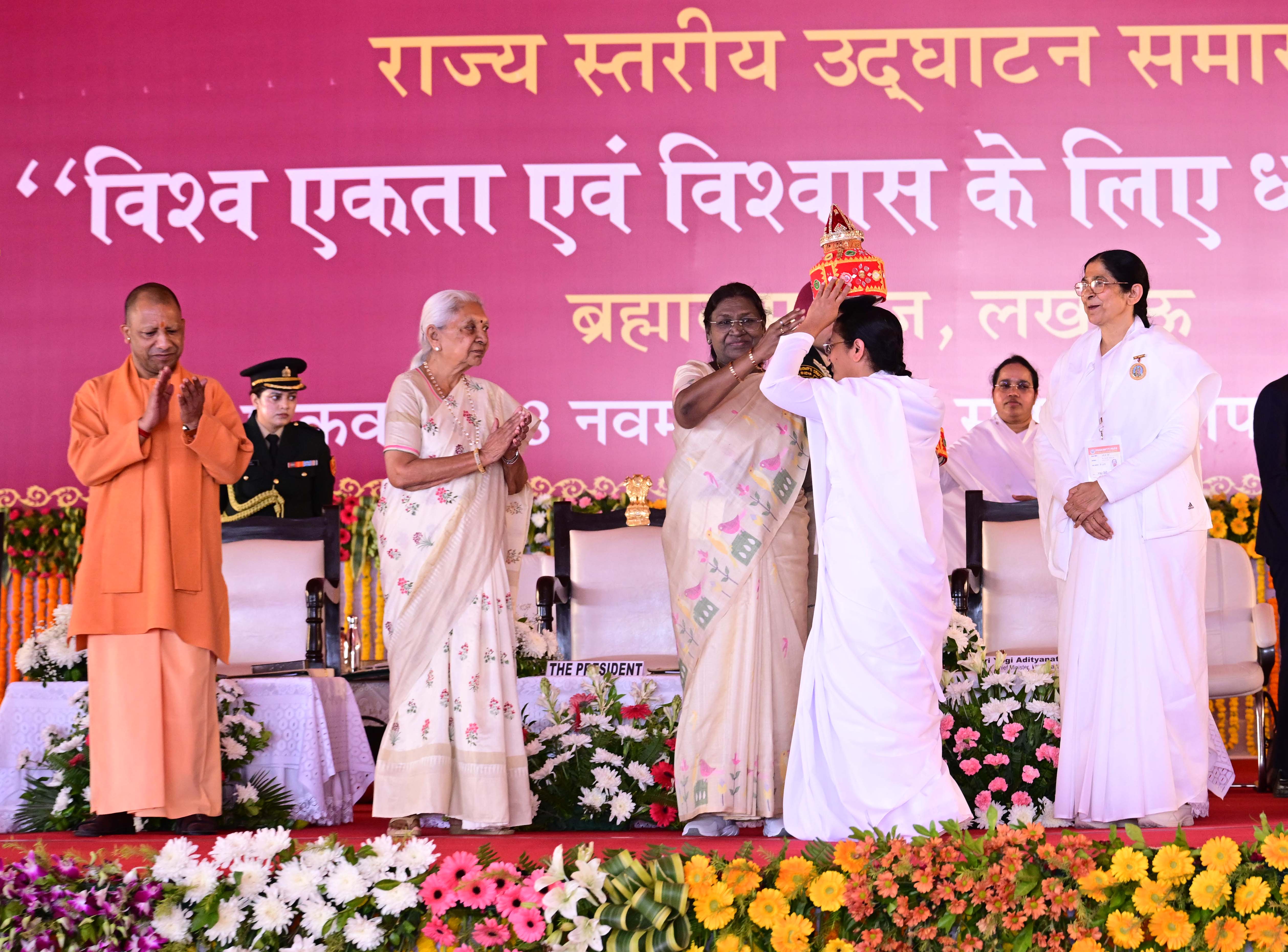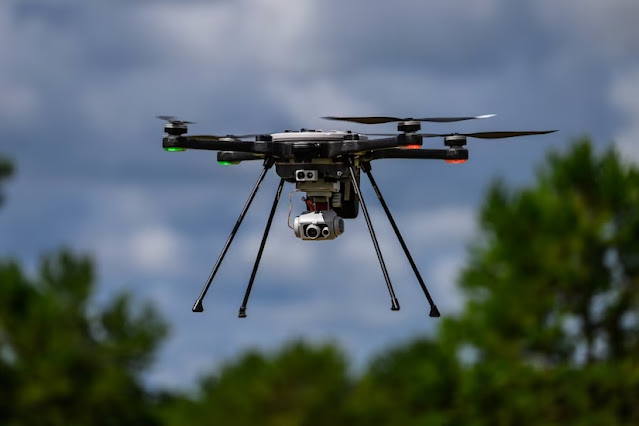How would animals have fought that struggle for survival?
Homes and Hideouts in Forest: 15th March 2024:
An indicative and imaginary report
by Kartika Kalyani Singh The SPIS news Desk
It's almost midnight. After some time the date will also change. Then in a few more hours the morning light will start appearing but before that an amazing scene of struggles is in front. The battle for the existence of life is being fought. This fight is also against the development which human beings have adopted as an obsession. There is much that is old that is still useful but has been sacrificed.Human groups are recreating and reshaping the world according to their own desire and will. these groups have become the God of today. Big developed countries are showing off this kind of dominance. When crowds of human groups suddenly started coming to cause destruction in the forests, herds of animals started entering deep into the forest. They had to hide from this onslaught of development. This was their ancestral land which was being snatched away by human society right in front of them.
The animal groups were frightened but were also preparing to resist. The desire to hide was taking them deep into the forest. The sunlight coming from outside was left far behind. As they wandered deeper into the forest, the group of animals began to notice a change in the air. The leaves, which usually rustle in the wind, were still. In the air coming towards the forest, there was the smell of diesel and petrol of big machines and also the noise of the machines. These machines were treating the animals like big monsters.
They followed the sound of an unfamiliar machines, which was getting louder with every step. Suddenly, they emerged from among the dense foliage and saw a huge earthmover with its metal claws digging into the soil. Before them lay the remains of their home: trees were fallen, branches were scattered, and the once lush forest was transformed into a desolate wasteland. A new highway was being built through their territory, cutting them off from the rest of the forest. They stood in shock, unable to understand how this could happen.
As they saw the scale of the destruction, the animals began debating their next move. Some suggested that they should fight back by using their combined power to drive away the humans and their machines. Others argued that it was pointless; The humans had proven themselves very powerful and tireless. The young reindeer child, still untouched by the harsh realities of the world, urged his elders not to lose hope. Hearing his words, the old animals also started laughing but the words of the young deer were really consoling. There was substance in his words.
He had an idea. He had seen how humans used their machines to shape the world around them, and he believed there must be a way to use their abilities against intruders. The method in which intelligence is used. It was not easy to deal with this human attack with physical force. In that moment, she immediately felt a surge of determination, a realization that she was destined for something bigger than she had ever imagined. He felt a power coming from within him.
The young deer cub started gathering other animals around itself with great courage and confidence. He explained his plan to everyone in this special meeting. He said-they will use their bodies and minds to slow down the progress of highway construction. They could tunnel under the road, and dig deeper and deeper until the road became unstable and collapsed beneath their feet. They could also use their combined weight and numbers to form a living wall to bring down the giant machines that were threatening their home. There was no other option left without fighting this battle of survival.
The other animals were skeptical at first after hearing the young deer's words, but the deer's determination was infectious. They also began to see great potential in his plan and realized that they had nothing to lose by trying while there was a whole world ahead of them to win.
Once that was agreed, they immediately got to work, each animal playing an important role in the operation. Everyone was fully aware of their responsibilities. Their food, water and everything became extremely disciplined.
Everyone had taken up their duties on every field of this battle. Squirrels and rabbits started running here and there in the bushes and collecting tools and materials. Beavers and badgers started digging tunnels rapidly. As part of this campaign, he strengthened the foundation of his temporary fort. The deer and antelope, exposing themselves to the greatest risk, formed a living wall, standing shoulder to shoulder and facing the construction vehicles. His birthplace and workplace were in danger. Its protection now stood before him as the most urgent duty.
The defense system under which groups of animals were engaged in protecting themselves was, in a way, similar to gorilla warfare. Here the human was probably unaware. The humans, unaware of the resistance growing beneath their feet, continued their steady progress. They pushed the earthmovers forward, unaware that each step was becoming more difficult as the ground began to slip and the tunnels deepened.
The animals worked tirelessly with their intelligence and unity, their muscles sorely strained as they struggled to stem the tide of destruction. Whenever he felt tired, he would just sit for a few moments and feel refreshed. Seeing all this, the young deer's heart was filled with hope and determination, and he urged his companions to move forward, believing that they could win this battle against these forces of progress at any cost.
As construction vehicles got closer, the animals could feel the vibrations of their engines through the ground. The beaver and the badger were very excited. Working together, they quickly strengthened their tunnels and created new escape routes. Seeing their tunnels, even the man-made tunnels in big forts and forests were getting affected. Squirrels and rabbits ran around along with them, collecting equipment and supplies needed for the fight. Deer and antelope stood side by side, forming an impenetrable wall that greatly slowed the progress of bulldozers and excavators.
It is a pity that there was neither any historian, nor any writer, nor any TV channel nor any newspaper to tell the world about the strength, sacrifice and courage that these animals were showing to save the forests of their birthplace and their place of work. Representative. There was no one there to show his bravery to the world. There was no one there to show the inhuman brutality of humans. Only a few animals were thinking that their bravery and sacrifice would remain lost in the darkness of anonymity. Still everyone was busy. Far away from the desire and desire to make wealth and earn fame. A war of renunciation and sacrifice was being fought in which only the pure love of Mother Earth was visible. A picture of unwavering attachment to one's birthplace was beginning to emerge.
Meanwhile, the young deer did wonders again. His energy seemed truly inexhaustible, and with words of encouragement he united the other animals once again for a small but emergency meeting. He also told them stories of all the other animals who had faced the greatest of obstacles and emerged victorious, giving hope to even the most skeptical people. Her determination was contagious, and it spread through the group like wildfire. Perhaps for the first time in this forest, these animals had read the history of their brave ancestors and warriors and also felt the need to take inspiration from it. The past had started appearing as the present in front of them.
The struggle of the animals was also beginning to bear fruits. As humans continued their steady progress in monopolizing and taking over the water, forests and land, they began to notice that their machines were having difficulty keeping up. The ground beneath them was shifting and unstable, and they couldn't understand why. Little did they perhaps know that the animals were constantly working hard, digging tunnels and strengthening their defenses to escape their home and country. In this way animals became a formidable force, using their intelligence and strength to overcome humans and their machines. The big machines of humans were beginning to lose in front of the unity and capability of animals.
Meanwhile, the young deer fawn had become a symbol of hope and resilience for his fellow animals. His leadership skills and unwavering determination inspired him to continue fighting even in the face of insurmountable odds. The young deer's mother also knew that they could not win this fight against progress forever, but she also believed that they could bring about change no matter what. She was looking towards the sky with her head held high with pride at her deer son who has shown the heart of a lion. The fight for survival makes even the weakest people so brave. When the power of the mind comes together with the power of the body, a miracle is bound to happen.
Eager to take over the forests, human society also started using various types of smoke and poisons. New machines were also ordered. The campaign to cut down huge green, old trees and erect huge concrete buildings in their places was in full swing. Animals were surprised that what will humans eat for food after the completion of the evolution for which humans are going crazy? Where will you drink water from when you feel thirsty? Apart from all these, the biggest problem is that after cutting the trees of the forests, from where will we breathe? But perhaps there was no one there to listen to him. The only thing left for them was to fight. There was no other choice.
Meanwhile, two people were passing by singing something. Animals couldn't understand what had happened. One older animal contacted a very wise old monk who was visiting Neelwanti Garanth. He knew the languages of all animals and birds. He could understand everyone and talk to everyone. He listened to that wonderful song of two passers-by and said that it is a priceless piece of Punjabi literature and poetry. This is Pash's poetic composition-Asin Ladage Saathi - Asin Ladage Saathi! That means we will fight, buddy! We will fight partner! we will fight buddy!
On hearing this poetic composition, the courage of the animals fighting for survival became higher. They continued to dig tunnels and build living walls, using their bodies as weapons against the invaders.
The animals saluted the two passers-by who were singing songs along with this fight and also thanked them for raising their voice in our favor. Those two passers-by raised both their hands towards the fist and raised slogans, We are with you. both passers also promised that we will take your voice to Medha Patkar, Himanshu Kumar and even Maneka Gandhi.
Meanwhile the war remained continued. As construction of this so-called progress, the men became more and more frustrated by unexpected setbacks. They brought in larger machinery and more workers in hopes of overcoming it, but their efforts began to fail. According the reports this battle is still continued in many places.
IUZC.jpeg)
(1)ZRCH.jpeg)
GTMC.jpeg)
(1)XP0H.jpeg)
